Review
Dacia found its niche in providing sensible compact new cars at sensible prices to retail buyers. Now its newest launch, the Bigster, takes it into new territory.
Dacia Bigster will compete in the mid-size SUV segment against big-selling cars such as Kia Sportage and Nissan Qashqai, already popular with private buyers and Motability customers.
It is tough competition indeed, but in line with Dacia’s brand mission, the Bigster was designed to offer maximum value. It provides a lot of space, an eye-catching design and decent equipment for a lot cheaper than almost all of its rivals.
Prices of Dacia Bigster start at £25,215 and top out at almost £30,000 - which is roughly where the Kia Sportage starts. The Bigster's biggest direct threat really is the MG HS, which has a longer warranty and similar pricing.
The Bigster undercuts all its rivals, with the exception of the MG HS. And herein lies the biggest problem for Dacia. MG has managed to deliver a car that is better to drive and feels less like a budget model. The HS also has the option of a more tax-friendly plug-in hybrid, as well as a regular hybrid. The HS does have a smaller boot, and a far more complicated infotainment system, however.
The Bigster line-up consists of three trim grades, starting with budget-friendly Expression, then a step up to Journey for a more technology-packed car or Extreme if you want something more rugged.
While Dacia hasn’t packed the Bigster full of the newest and greatest technology available on the market - it leaves that to its group sister brand Renault - it hasn’t exactly skimped either. There’s dual zone climate control, a digital instrument cluster, rear parking sensors, a reversing camera and electric folding door mirrors all as standard. Buyers also get a 10-inch touchscreen infotainment system.
So the essentials expected by a new car buyer are there. Then Journey and Extreme models go one step further, with integrated sat-nav, adaptive cruise control, improved speakers, keyless entry and a powered tailgate. It's not "basic transport".
The infotainment system’s user interface is simple and easy to get to grips with, and a separate row of switches for the climate controls makes day-to-day life much easier.
Both the central touchscreen and digital instrument cluster have a high resolution and neat graphics. Trip computer functions, as well as the cruise control, are adjusted via buttons on the steering wheel. Audio controls are mounted on a stalk.
The Bigster scored three stars out of five in the Euro NCAP safety test. It scored 69% for adult protection, where class leaders manage at least 80%. Child protection was better, at 85%, but its lowest score (57%) was for the performance of its safety assistance systems.
Like all new cars, the Bigster comes with lane departure warning, speed limit assist, autonomous emergency braking and driver attention warning. These systems are largely unintrusive in normal driving but Dacia does provide a preset function so drivers can easily apply their preferred settings for each of these systems.
Buyers considering the Dacia Bigster will find it has an interior that focuses on robustness and practicality, rather than outright comfort and convenience, as befits its price point. There are no soft-touch plastics, delicate detailing or fancy leather upholstery. It doesn’t feel particularly upmarket, yet the design is really smart and continues its robust and rugged appearance.
The cabin offers plenty of room for adult occupants, thanks to its high roofline, and a 677-litre boot capacity is offered in the petrol-powered Bigster, but in hybrid models that is reduced to 612 litres of space.
There are three powertrain option available on the new Bigster, all using some form of petrol hybrid system.
The Hybrid 155 is the flagship powertrain and it’s all-new for the Renault Group. Built to replace the widely used 1.6-litre hybrid unit, the new system uses a 1.8-litre engine. The hybrid system has a larger battery, too, extending its capability.
In the Bigster, it’s potent enough for a 0-62mph time of less than 10 seconds. As a ‘full’ hybrid, the powertrain also enables a degree of zero-emission running, mostly in low-speed manoeuvring or in stop-start traffic. The motor can also operate under light throttle, at higher speeds, for short periods of time.
During our testing the Bigster Hybrid was managing almost 50mpg. It prefers low speed urban driving, where the electric motor can do some of the work, to higher speed motorway runs. In the latter, economy was hovering around 35mpg at constant speeds.
The 1.2-litre mild hybrid engine – offered with 140PS with front-wheel-drive or 130PS with all-wheel-drive – feels more conventional to drive, but buyers must expect higher emissions and heavier fuel consumption.
What's certain is that the Bigster gives Dacia dealerships an opportunity to tempt in more potential buyers who've had to look elsewhere for a larger family car until now.
An award-winning journalist and editor, with two decades of experience covering the motor retail industry, and accredited by the Institute of Leadership and Management (ILM) plus the National Council for the Training of Journalist (NCTJ)
As editor of AM since 2016, Tim is responsible for its media content, planning and production across AM's multiple channels, including the website, digital reports, webinars, social media and the editorial content of AM's events, Automotive Management Live and the AM Awards. His focus is on interviewing senior leaders of franchised dealer groups and motor manufacturer national sales companies to examine latest developments in UK motor retail.



Factsheet
Dacia Bigster
Price: £25,215 (Expression mild hybrid 140 model) to £29,690 (Extreme hybrid 155 model)
Engine: 1.2-litre turbo petrol, 140PS; 1.8-litre petrol hybrid, 155PS
Transmission: 6sp manual, 6sp auto, FWD and AWD versions
Efficiency: 46.3-60.1mpg, 105-134g/km CO2
Performance: 0-62mph 9.7-11.2secs; top speed 112mph

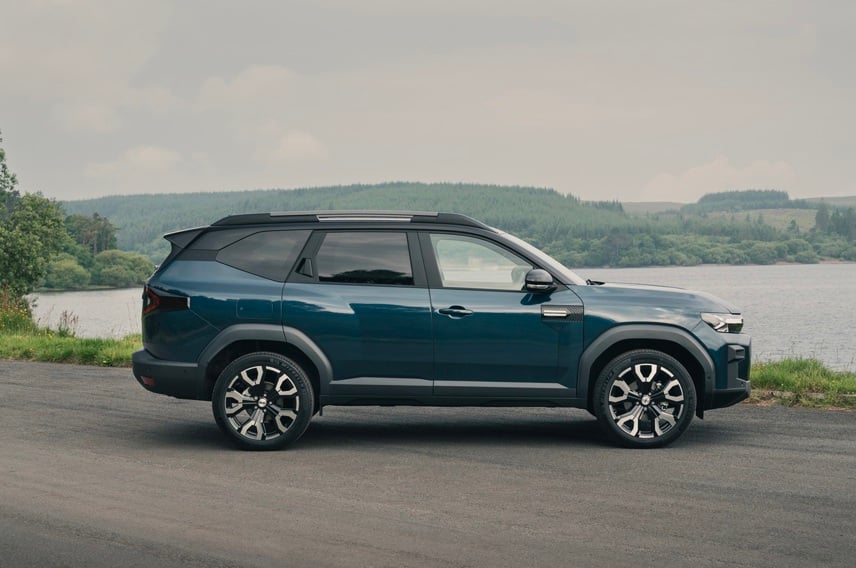
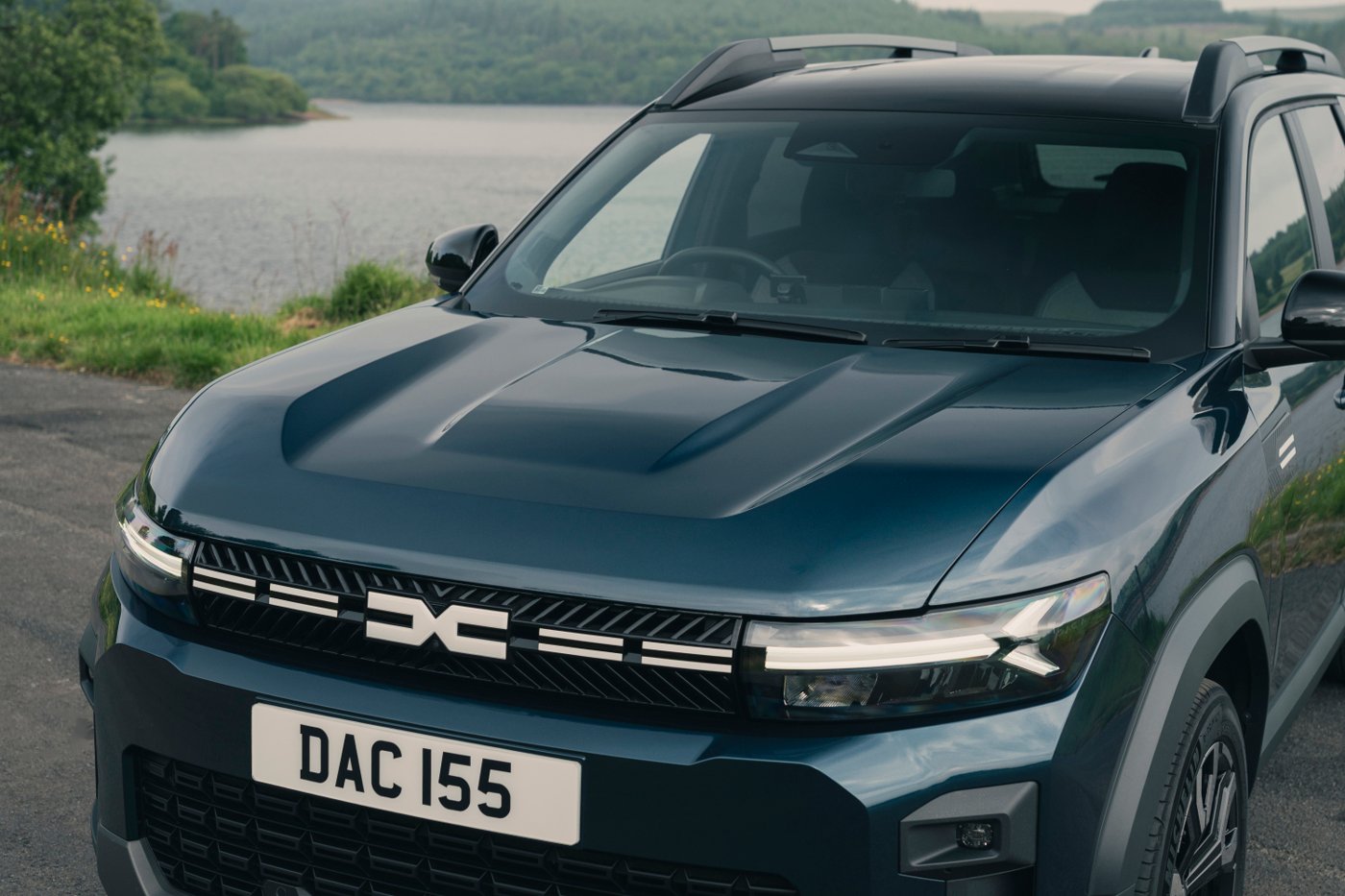
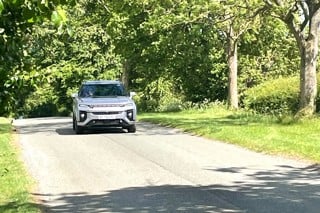
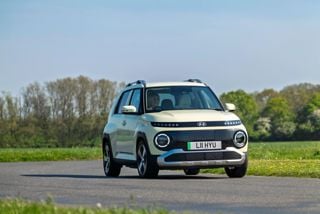
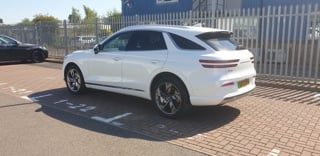
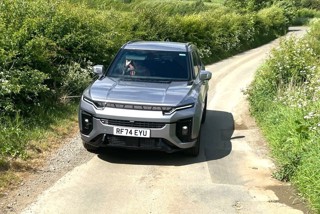
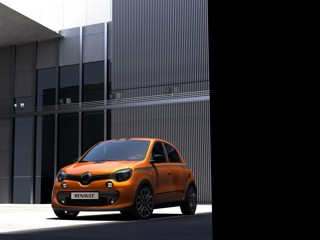


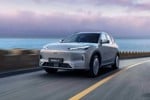




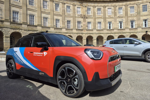




Login to comment
Comments
No comments have been made yet.